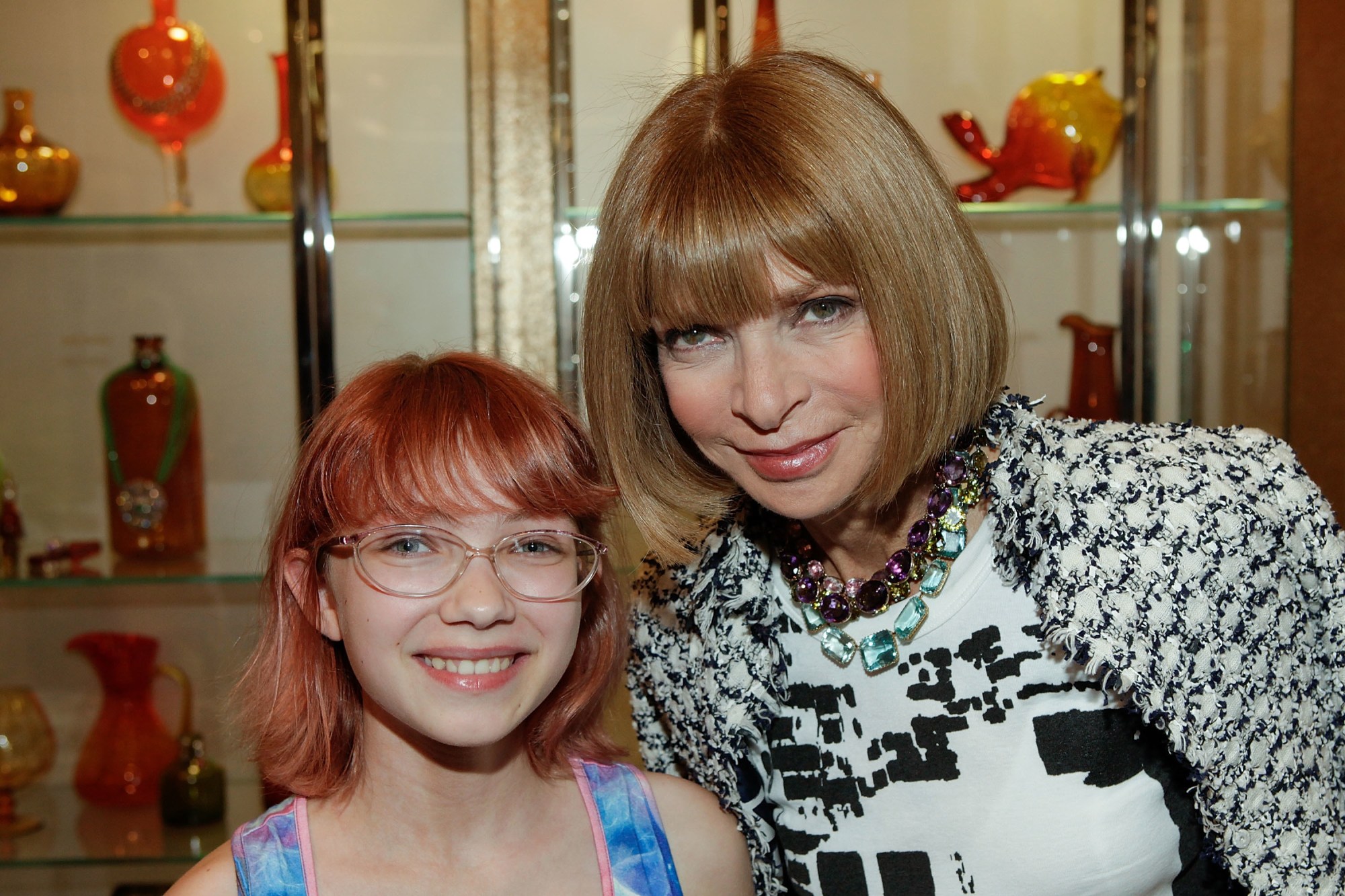News broke last week that Condé Nast had shuttered its blog network, NowManifest. While the media company explained the move was in order to focus more on its style.com, it is also a definitive sign of a shift in fashion media: magazines are moving in on bloggers. Editors have learned a thing or two from the blogosphere, and have turned their own content into a more direct conversation with readers, with a faster turnaround, and full embrace of social media. Rather than aggregating existing blogs, many fashion magazines are intent on creating their own blog-like content.
Bloggers started making waves in the mid-aughts and soared to fashion media domination by the end of the decade, not long before Condé Nast acquired NowManifest in 2012 to host its own stable of personal style blogs. Bloggers democratized the once-exclusive industry: readers who had been accessing fashion through lofty magazines for decades were now seeing style interpreted as they could interpret it. Now, anyone could talk about how the latest Marc Jacobs collection made them feel. Bloggers gave access to everyone. Would you believe fashion shows used to ban photos from the front row? According to The Cut, even accomplished editors were scolded for snapping a shot, but soon bloggers would be invited for the sole purpose of taking pictures.
Fashion changed as it became less exclusive and was forced to keep up with the instantaneous coverage being delivered on Twitter, Instagram and the blogs. The shift wasn’t exactly welcomed with open arms. Editors and buyers felt they had climbed the ladder to get where they were, and now their expert opinions were being tossed into the same ring as teenagers’. Democracy is good, but watering the conversation down with sometimes unqualified commentary or killing the art of fashion with a ruthless demand for fast-changing trends is…not so good.
The power of bloggers could not be denied, however, and both brands and magazines had no choice but to adapt. Certain bloggers stood out and led the way in showing traditional fashion media that even these self-starters could offer valuable insight. Susanna Lau of Susie Bubble, Tavi Gevinson of Style Rookie, and Garance Doré had (and have!) unique perspectives that inspired brands and the media to warm up to these for-the-people writing methods a bit. These trailblazers both motivated magazine editors and left them with no choice but to keep up and update their own methods. Pros like Eva Chen and Joe Zee began to live-blog fashion shows on their smartphones, meeting the needs of a new generation of fashion fans that wanted access and wanted it now.
Bloggers became the game-changers in fashion coverage. They set the bar at fashion news being delivered faster and sans exclusivity, and the rest of the industry had to race to meet that bar or be left in the dust. Fashion houses and magazines alike began seeing the need to work with bloggers. Suddenly, they were front row at shows and being asked to blog them – remember Tavi at Dior? Designers were naming It items for them – how about Bryan Boy’s Marc Jacobs bag? Magazines began featuring bloggers, designers were calling on them to appear at shows, parties and launches, and then came the gifting. The OTT gifting and the campaign opportunities reached a fever pitch, and ended up being a big source of criticism of many bloggers.
A blogger branching out into other areas of business is the smartest way to go: it can establish them as successful mini-brands. Many have turned their blogs into editorial sites with multiple sections and contributors, like Leandra Medine’s The Man Repeller and Emily Weiss’s Into the Gloss, or they have branched into product, like Garance’s stationery. But, seeing the undeniable advertising power bloggers gain from their powerful social media followings, brands began to work with every blogger du jour in endless collaborations (Cupcakes and Cashmere X Club Monaco, anyone?). Designers started sending bloggers their items to be photographed in their next “outfit of the day,” thinking of the readers they could reach. The more common gifting and campaign opportunities became, the more saturated the blogosphere got with people in it for the stuff.
Meanwhile, competition with bloggers forced magazines to offer more points of view, to be more casual, engaging and relatable, and to operate at a faster pace. Old-school glossies like Vogue, Elle and Bazaar loosened up with more minute-by-minute, blurby coverage, easily digestible lists, accessible style tips and social media-based rundowns like this on vogue.com right now: “The Best Instagrams from Balmain’s Fall 2015 Show.” Editors are encouraged to Instagram from the front row, do live Facebook Q&As, and even infiltrate that most bloggy standby: the outfit of the day.
Bloggers should always be credited with democratizing fashion coverage and refreshing it with a faster, interactive twist. And the movers and shakers of blogging are still heralded by many as the most important people in fashion – just look at a recent Evening Standard story to see the way icon Jean Paul Gaultier appreciates Ella Catliff. But with magazines approaching the same territory in content, voice and connection, there’s the chance that bloggers could lose some footing. Well-funded and staffed digital magazines are applying the lessons of fashion bloggers to effective ends. Many bloggers will go on to thrive in their other ventures, but when it comes to fashion news and tips, readers have the choice to turn back to their old faithful magazines, now renewed and reenergized.
Credits
Text Courtney Iseman
Photography Paul Morigi/Getty Images for Barneys New York
